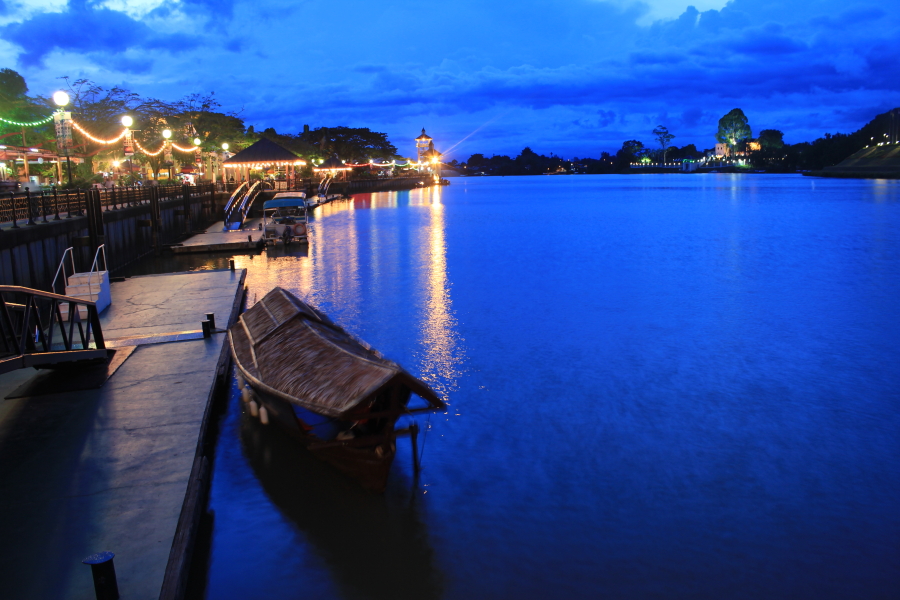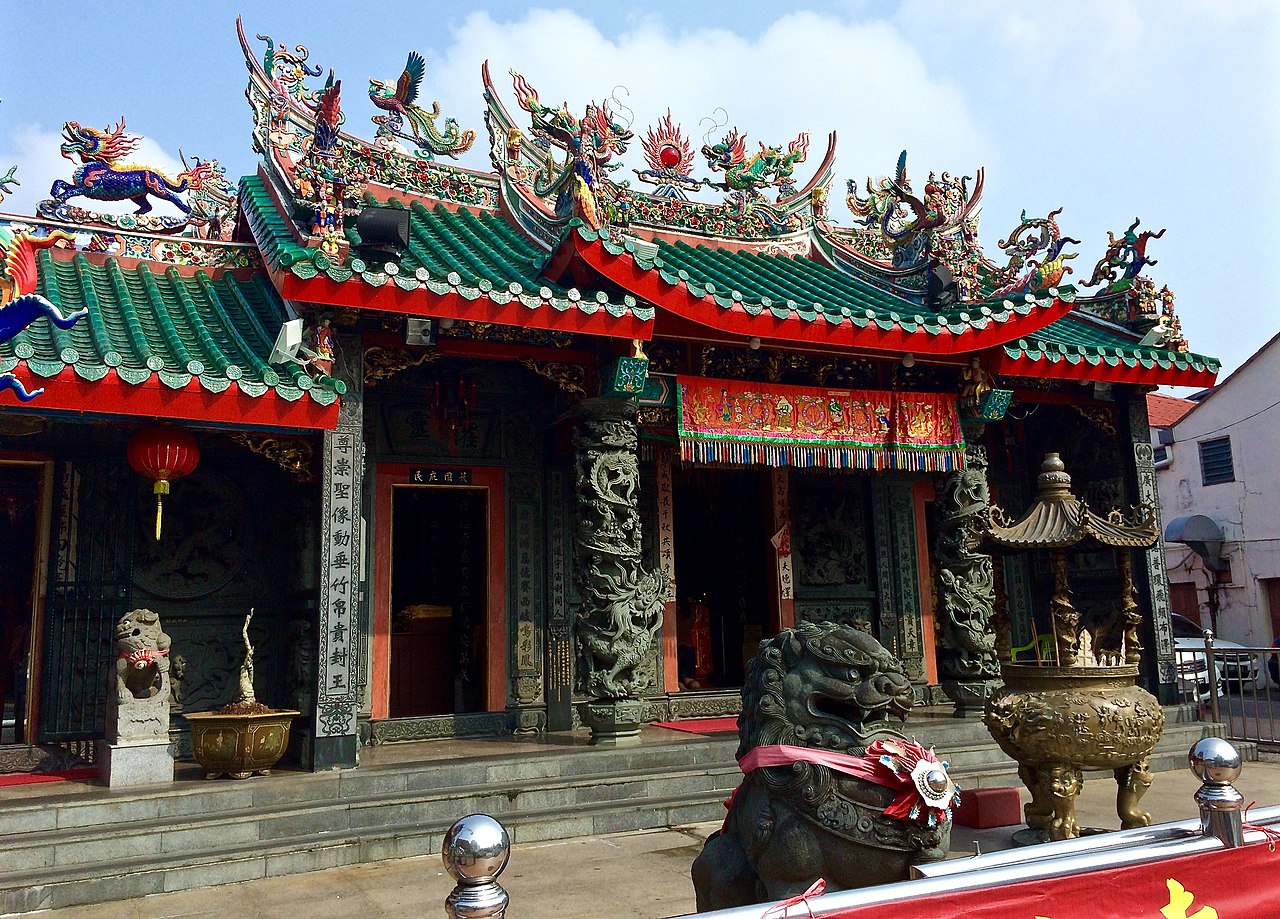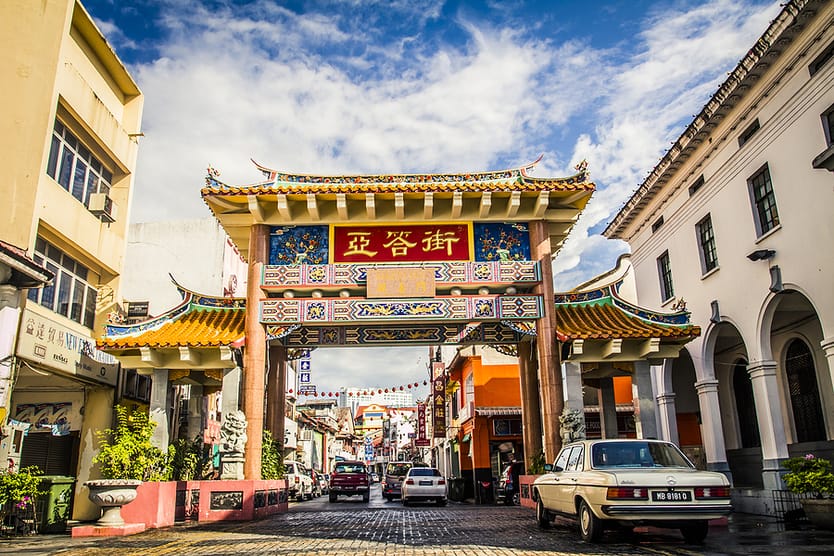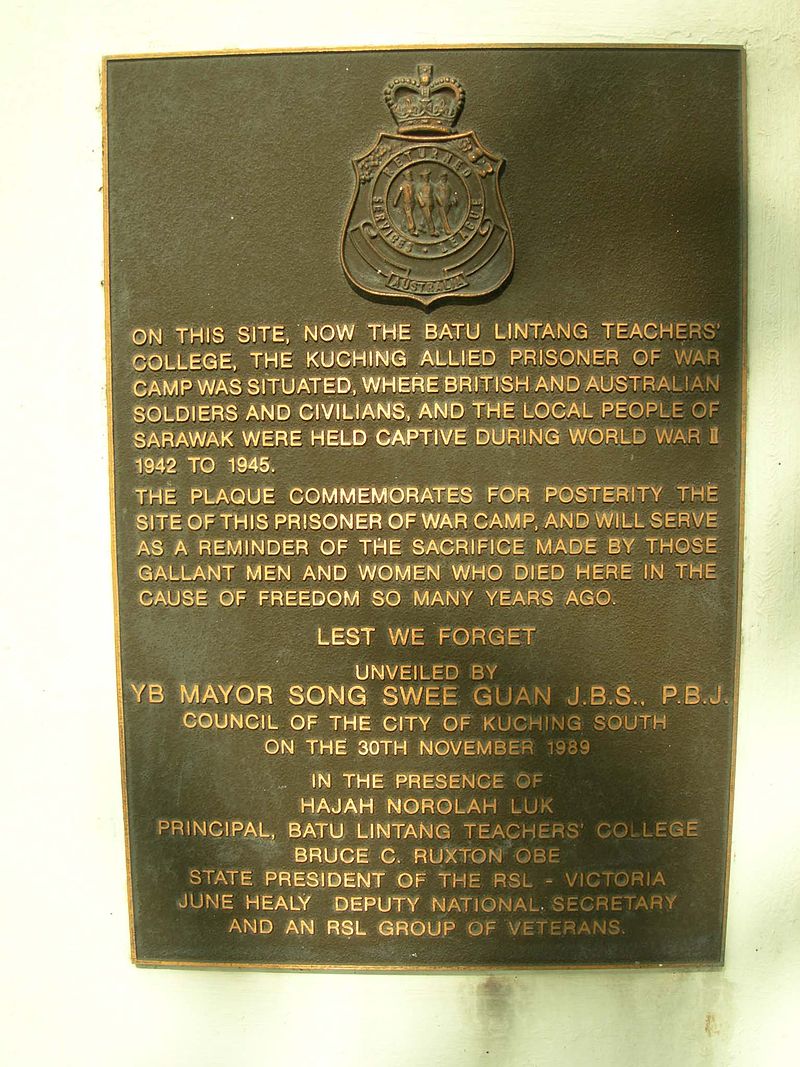
AsianOverland.net
Tour Guide - Itinerary
Asian Overland Sydney to London
Started 22/06/2022 Finished 21/06/2023365 Days ITINERARY
Day 352 date 08/06/2023SINGAPORE to KUCHING, SARAWAK, MALAYSIA
ASIANOVERLAND.NET SYDNEY TO LONDON DAY 50/352: KUCHING, SARAWAK, MALAYSIA
Sarawak is nicknamed "Land of the Hornbills". The Hornbill birds are important cultural symbols for the Dayak people, representing the spirit of God. It is believed that if a hornbill is seen flying over residences, it will bring good luck to the local community. Sarawak has eight of species of hornbills, and the Rhinoceros hornbill is the state bird of Sarawak.
Batang Ai National Park is 250 kilometers east of Kuching and covers an area of 24 square kilometres of extensive tropical rainforest, with rare and protected animals surrounding an artificial lake, the Batang Ai hydroelectric reservoir. Access is by traditional longboat, as water is still the main method of transportation. The lush rainforests are home to the orangutan, gibbons, and hornbills. The local people are mostly Iban, housed in traditional Iban longhouses.
Sarawak was part of the Bruneian Empire since the reign of the first Brunei sultanate, Sultan Muhammad Shah, from 1363 to 1402.
The first capital of Sarawak was Santubong, founded by the Sultan of Brunei in 1599. The second capital of Sarawak was Lidah Tanah, founded in the early 1820s. Kuching was the third capital of Sarawak, founded in 1827 by the Sultan of Brunei.
English gunboat diplomacy resulted in the Sultan of Brunei ceding Sarawak to James Brooke as a reward for helping counter a rebellion, which was crushed in November 1840. On 24 September 1841, the Sultan of Brunei appointed Brooke as the Governor of Sarawak with the title of Rajah. The appointment was not announced until 18 August 1842, following Sultan Omar Ali Saifuddin II's requirement that Brooke pay an annual sum of $2,500 to the Sultan. Since that time, Kuching became the seat of the Brooke government as well as the capital of Sarawak.
The name "Kuching" was already in use by the time Brooke first arrived in the town in 1841. The name "Kuching" was probably derived from the Malay word for cat, "kucing"; or from Cochin, a generic term in China and British India for trading harbour.
James Brooke’s administration was continued by his nephew, Charles Brooke. As an administrative capital, Kuching became the centre of development. By 1874, the town had completed a hospital, prison and Fort Margherita.
Charles Brooke's wife, Margaret Brooke, in her memoir (My Life in Sarawak), included this description of Kuching, which is still apt today:
“The little town looked so neat and fresh and prosperous under the careful jurisdiction of the Rajah and his officers, that it reminded me of a box of painted toys kept scrupulously clean by a child. The Bazaar runs for some distance along the banks of river, and this quarter of the town is inhabited almost entirely by Chinese traders, with the exception of one or two Hindoo shops....Groceries of exotic kinds are laid out on tables near the pavement, from which the purchasers make their choice. At the Hindoo shops you can buy silks from India, sarongs from Java, tea from China and tiles and porcelain from all parts of the world, laid out in picturesque confusion, and overflowing into the street.”
The Astana (Palace), is the official residence of the governor of Sarawak, and was constructed next to Brooke's first residence in 1869 as a wedding gift to his wife. Kuching continued to prosper under Charles Vyner Brooke, who succeeded his father as the Third Rajah of Sarawak. In 1941, Kuching was the site of the Brooke Government Centenary Celebration.
A few months later, the Brooke administration ended on 24 December 1941, when Kuching was conquered by invading Japanese forces. Sarawak was brutally ruled as part of the Japanese Empire for three years and eight months.
From March 1942, the Japanese operated the brutal Batu Lintang camp, for POWs and internees, 5 kilometres outside Kuching. Life in the POW camp was extremely savage, with POWs forced to endure starvation, disease, sickness, forced labour, brutal treatment, and inadequate clothing and living quarters. Of the 2,000 British and Australian POWs held there, over two-thirds died during or as a result of their Japanese captivity. The survival rate was even worse at the Sandakan POW camp, where only 6 prisoners out of more than 3,000 POWs survived Japanese captivity.
The official Japanese surrender on 11 September 1945 was signed on HMAS Kapunda at Kuching.
After the end of World War II, Kuching survived without massive damage. The third and last Rajah, Sir Charles Vyner Brooke ceded Sarawak to the British Crown on 1 July 1946.
Sarawak, together with North Borneo (Sabah), Singapore and the Federation of Malaya, formed the Federation of Malaysia in 1963. Kuching retained its status as the state capital of Sarawak, and was granted city status on 1 August 1988. Sarawak and Sabah retain some of their State sovereign rights under the Malaysian Federal Constitution, including independent courts, English as an official langauge, land rights, and control of immigration.
© This work is copyright. Apart from any use permitted under the Copyright Act 1968, no part may be reproduced by any process, nor may any other exclusive right be exercised, without the permission of Peter Searle, peter@portseavillageresort.com; 1980-2024.
Website built by Justin O’Dea www.webdeveloperdocklands.com.au

.jpg)

.jpg)

.jpg)





